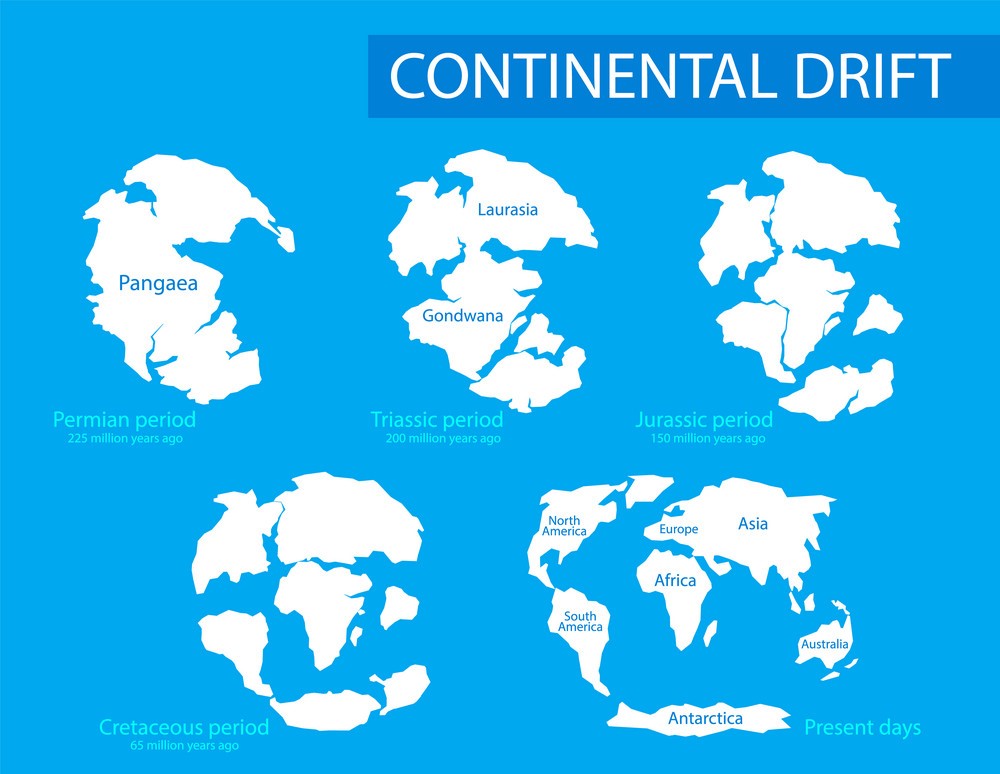Introduction to Continental drift.
Continental drift is a geological concept that describes the movement of Earth’s continents over time. This phenomenon was first proposed by the German scientist Alfred Wegener in 1912. He argued that the Earth’s continents were once a single supercontinent that later broke apart and drifted to their current positions. This idea was initially met with skepticism, but over time, the scientific community has come to accept the theory of continental drift.
The mechanism behind continental drift is the movement of tectonic plates, which are large pieces of Earth’s crust that move around on the underlying mantle. The movement of these plates causes the continents to move over time. This movement is relatively slow, with most plates moving at a rate of a few centimeters per year. However, over millions of years, this movement can add up to significant changes in the position of the continents.
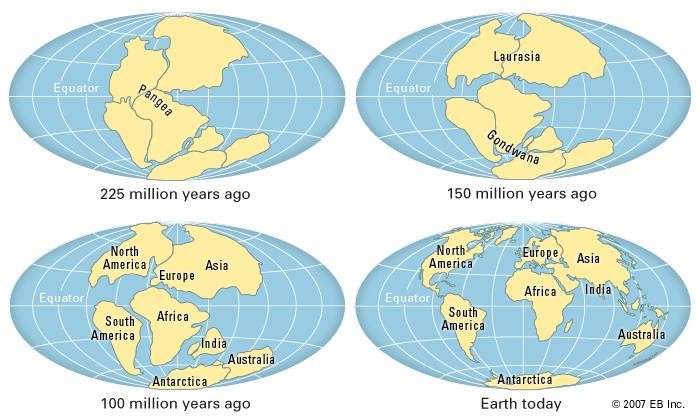
Evidences around us.
One of the main pieces of evidence supporting continental drift is the shape of the continents. If you look at a map of the world, you can see that the eastern coast of South America fits perfectly into the western coast of Africa. This observation was noted by Wegener and is known as the “fit of the continents.” He argued that this fit was evidence that the two continents were once joined together and later separated.
Another line of evidence supporting continental drift is the distribution of fossils. For example, the fossil record shows that the same types of animals and plants once lived in parts of the world that are now separated by large distances of water. This suggests that these areas were once connected, and the organisms were able to move freely between them. The idea of a single supercontinent also helps to explain why some fossils are found in regions that are now geographically separated by vast distances.
In addition to these lines of evidence, modern geophysical methods have provided further support for the theory of continental drift. For example, studies of the magnetic properties of rocks show that the Earth’s magnetic field has reversed itself many times over the course of Earth’s history. This information can be used to date rocks and track the movement of the continents over time.
Arguments and Controversies
Despite the overwhelming evidence supporting continental drift, there are still some controversies and debates surrounding the topic. One area of disagreement is the exact mechanism behind continental drift. Although the movement of tectonic plates is widely accepted, there are still questions about what drives this movement and how it interacts with other geological processes.
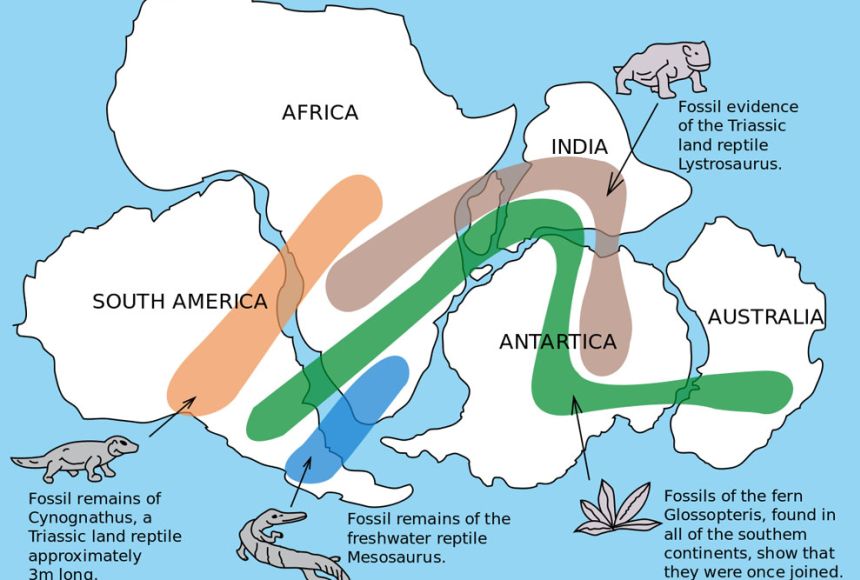
Another area of debate is the role of the mantle in continental drift. Some scientists argue that the movement of tectonic plates is primarily driven by the motion of the mantle, while others suggest that other factors, such as the density and temperature of the Earth’s crust, may also play a significant role.
There are also debates about the timing and extent of continental drift. While most scientists agree that the continents were once joined together, there is still some disagreement about exactly when this happened and how long it took for the continents to separate.
Despite these debates, the theory of continental drift has had a significant impact on our understanding of Earth’s history and the processes that shape the planet. This theory has led to the development of new ideas about plate tectonics, volcanic activity, and the formation of mountain ranges.
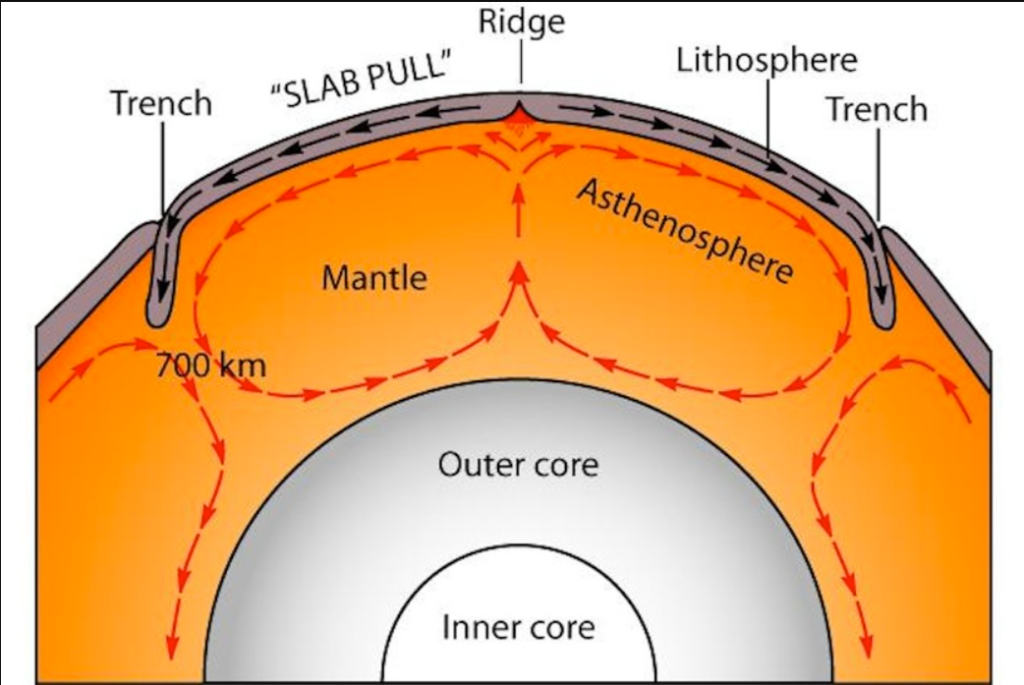
In Conclusion
The theory of continental drift has transformed our understanding of the Earth’s history and geological processes. The wealth of evidence supporting this theory, including the shape of the continents, distribution of fossils, and modern geophysical methods, has helped us to understand how the Earth’s landmasses have shifted over millions of years. Despite ongoing debates and controversies, the theory of continental drift has paved the way for new insights into plate tectonics, volcanic activity, and mountain formation, and continues to play a significant role in shaping our understanding of the planet.
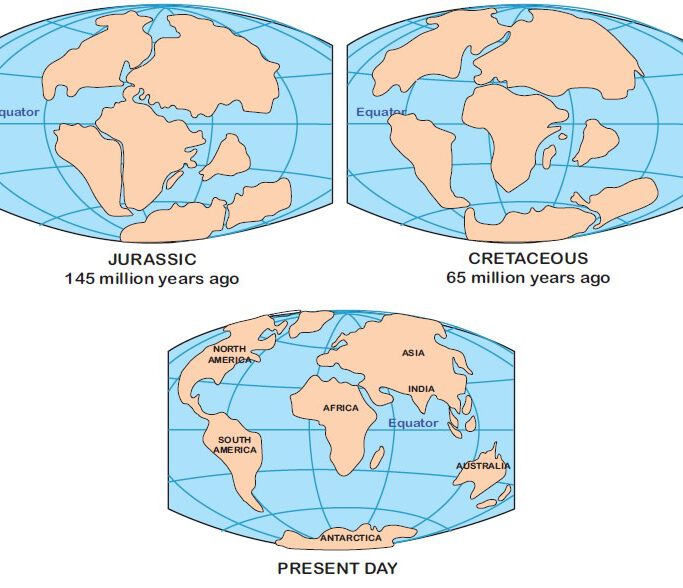
Further research in this area can help us to deepen our understanding of the complex interactions between the Earth’s crust, mantle, and other geological processes, ultimately leading to more accurate predictions about the Earth’s future and the impacts of human activities on our planet. The theory of continental drift serves as a reminder of the vast timescales and complex processes involved in shaping our planet, and the importance of continuing to explore and understand these phenomena.
